For those who have dived into carbon farming already � or even just the researching…
Putting the e into farming
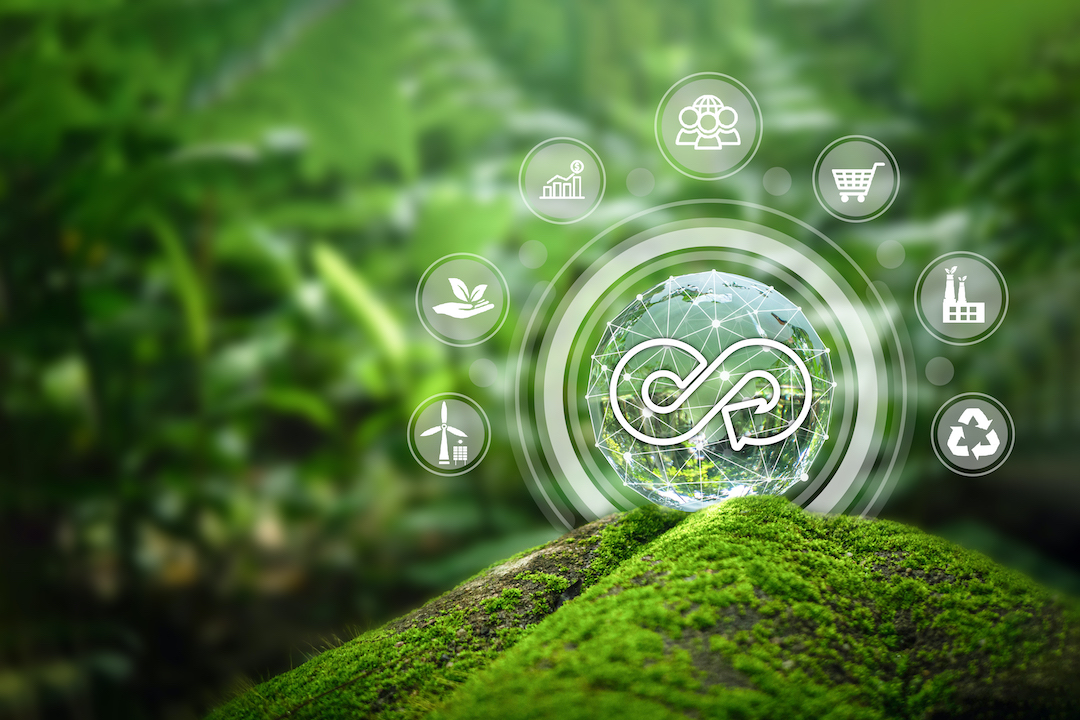
There has never been a period of greater expectation placed on farmers to contribute to environmental and social transformation. It�s coming from all angles, but consumers and market demand are now leading the charge for natural capital. �
Mandatory Environmental, Social and Governance (ESG) targets are rapidly moving down the supply chain to the farm gate from the likes of Woolworths, Coles and McDonalds.
These targets are driven by consumer demand and are being followed by Federal Government Legislation on climate-related financial disclosure for large farm businesses starting in 2026.
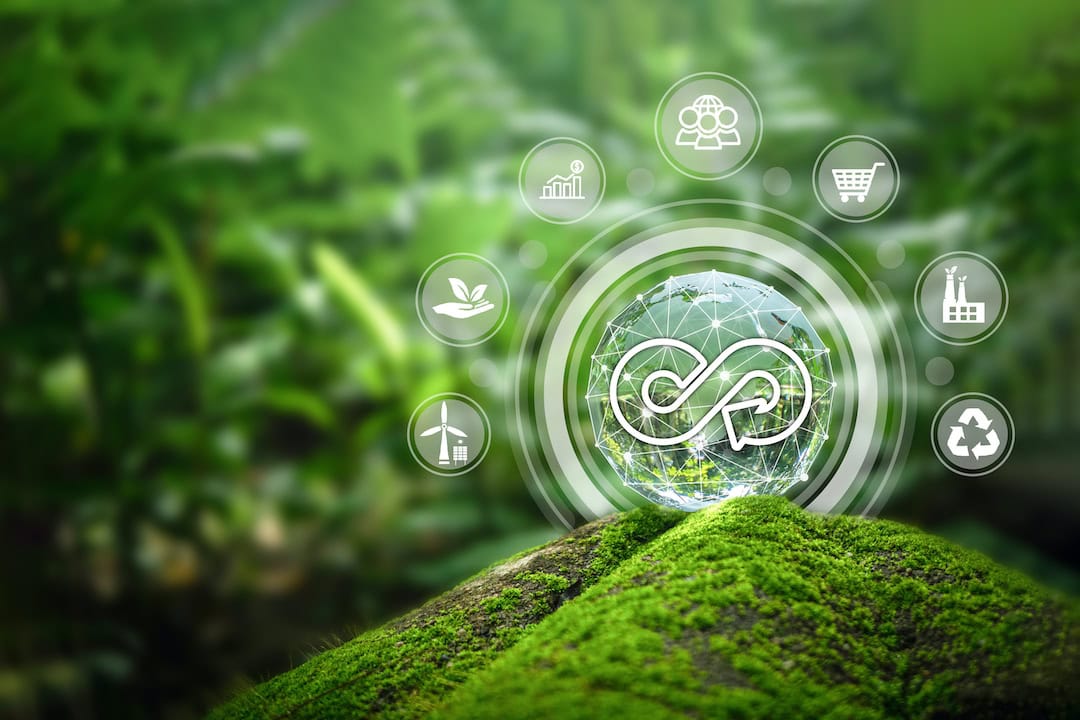
The good news is that Australian farmers already have or are adopting the practices and technology needed to preserve and enhance natural capital assets and farm sustainability. Many of the looming ESG requirements will be met through industry programs such as BMP cotton certification and the Australian Dairy Sustainability Framework, and through sustainability declarations to access export markets like the EU.
The bad news is the potential for farmers to be wrapped in more green tape with little financial benefit, and farm businesses will have to spend time and money to prove their natural capital worth.
�One of the key premises for practice change with respect to natural capital is that you can�t manage what you can�t measure, and you won�t invest in what you don�t value,� says National Farmers Federation (NFF) CEO Tony Maher.
�There is already an extensive knowledge base and capability amongst farmers but there is not currently a comprehensive and consistent set of natural capital measures to support widespread adoption of natural capital measurement across Australia.�
That has led Australian agriculture to leap into the emerging world of natural capital accounting in recent months.
This includes the release of the Farming for the Future program�s preliminary findings in September on financial, ecological and social data collected from 130 Australian grazing and cropping enterprises.
The second phase of this research program has found that investment in the ecological condition of a farm is associated with financial benefits through improved productivity and measuring natural capital assets.
The CSIRO released its Natural Capital handbook in the same month to provide guidelines on measuring and incorporating natural assets such as clean air, water, soil and living things into farming, forestry, mining and non-government organisations.
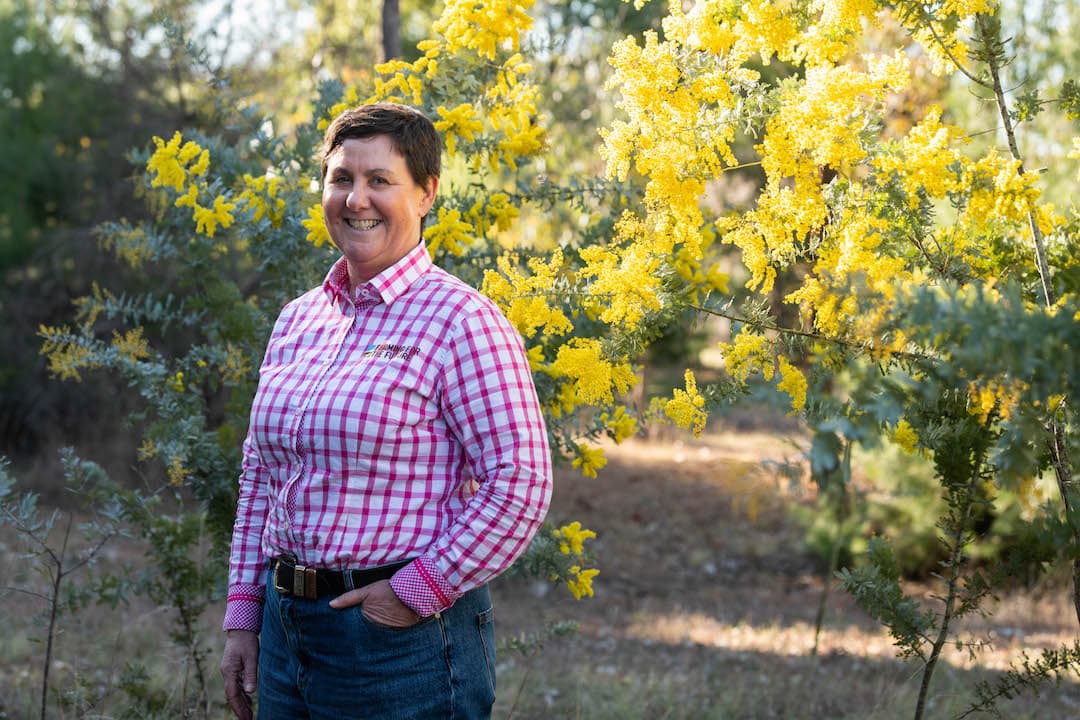
The international Taskforce on Nature-related Financial Disclosures (TNFD) also recently released its final recommendations and nature-related risk management and disclosure in New York.
Led by 40 Taskforce members representing over US$20 trillion in assets under management, the TNFD drew on the input of market and non-market stakeholders from almost 60 countries around the world, including Australia.
While the TNFD may not rank highly on an Australian farmer�s priority list, Farming for the Future Program Director, Dr Sue Ogilvy, says it was vital Australia had a seat at its table.
Dr Ogilvy says the release of the TNFD�s 14 Disclosure Recommendations and implementation guidance comes at a critical time, with rapidly growing interest across business and finance globally on nature and biodiversity issues.
�It is a very important global initiative. In addition to supporting the Farming for the Future program, the Macdoch Foundation has been a key voice for Australian agriculture in the TNFD process,� says Dr Ogilvy.
�This includes making sure that farmers are not burdened with the cost and responsibility of all the reporting when many of the benefits are beyond the farm gate.�
Dr Robyn Leeson, a consultant for the Australian Beef Sustainability Framework has also been monitoring the development of the TNFD.
Dr Leeson suggests it may follow a similar path to the Taskforce on Climate-related Financial Disclosures (TCFD).
The TCFD developed a framework designed to solicit decision-useful, forward-looking information that reports the financial impacts of climate change on a business.
�Investors are rapidly lifting their expectations of top ASX companies across the board on sustainability, and nature appears to be the next big issue on the agenda,� Dr Leeson says.
�Banks are expected to look at their various portfolios, including agriculture, in terms of nature-based impacts and dependencies as well as risks and opportunities, who they�re lending to and for what purpose.
�Significantly, most of the impacts and dependencies, risks and opportunities for banks and large corporate customers are in their value chain and on the land. So, this is likely to be felt in the food and agriculture sector before the TNFD matures and the regulators get around to issuing a domestic nature-related financial disclosure standard for business.�
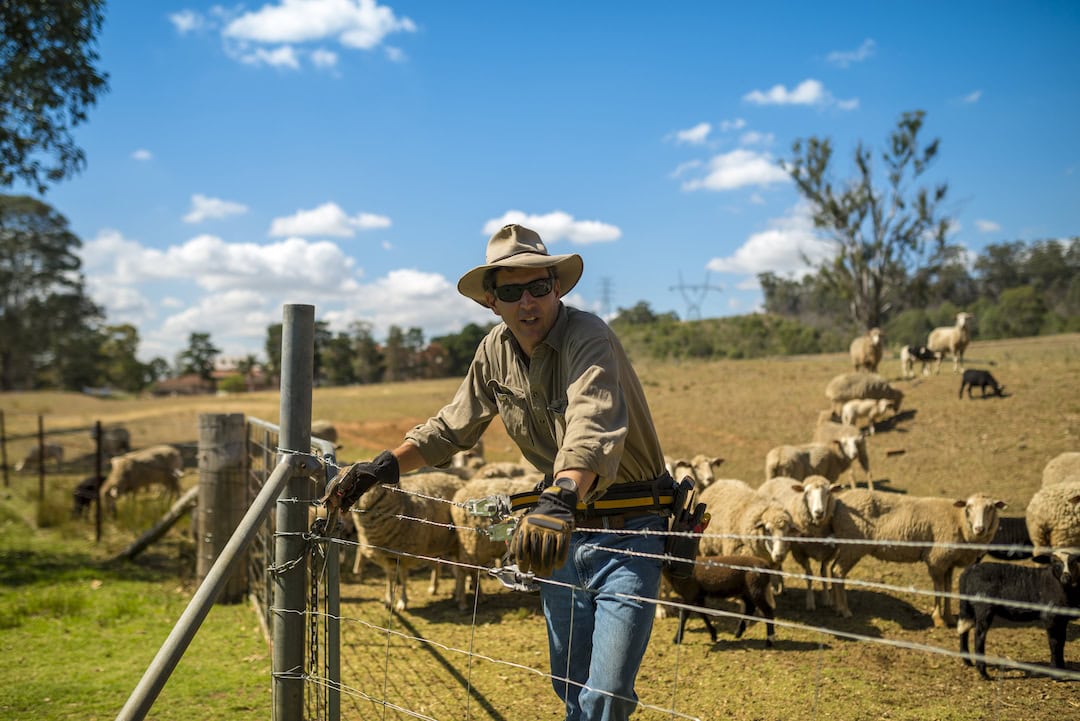
Dr Leeson says for beef industry interests, knowing the specific locations of your value chain will be critical.
�The food businesses at the end of the value chain will want to know the location of their impact on nature at source,� she says.
�So that will mean using tools such as geospatial analysis to find out where their beef is coming from and what impacts and dependencies that location reflects when it comes to nature, as well as the risks and opportunities.�
Accounting for natural capital
A mix of 130 livestock and wool farmers from across Australia can head to the accountants armed with natural capital figures after taking part in the Farming for the Future Program.
�We had to have robust and reliable measurements of natural capital and it had to be down to the paddock level so that it is relevant for farmers,� says Dr Ogilvy.
�We needed to have farms that represented the bulk of the livestock sector, so we excluded very large operations and small farms.�
The sample set of farms in NSW ranged between 600 and 5,000 hectares.�
�The participating farmers can use the information and data that we collected about the natural capital as part of their reporting to supply chains and accountants. The data we collected is the same that is required for ESG reporting.
�What we are trying to do enables farmers and the people that support to respond to this new world of ESG by understanding the value of natural capital to agricultural operations.
�We are also trying to make sure that the supply chain and financial services industry are sharing the cost and responsibility of natural capital management. All roads lead to agriculture when it comes to natural capital.�
Dr Ogilvy says measuring natural capital on farms is not a simple process.
�We used a combination of satellite imagery analysis and machine learning, complemented with field observations. Most farmers are aware that present satellite imagery is not accurate enough yet at a paddock level. It will be in the future, but for now field work by ecologists is a critical part.�
Dr Ogilvy says the different ecosystems on farms can represent forms of natural capital.
�A farm ecosystem could be a broadacre cropping soil, or a perennial pasture or orchard through to a grassy woodland and native vegetation. Each of the natural capital pieces can deliver ecosystem services through biodiversity or carbon storage.
�It�s really important that as initiatives like the TNFD are adopted that farmers have good quality measures of natural capital that are suited to Australian conditions. One of the next questions for the Farming for the Future program is how to ensure farmers are fairly compensated for collecting natural capital data and providing environmental benefits for the wider community.�
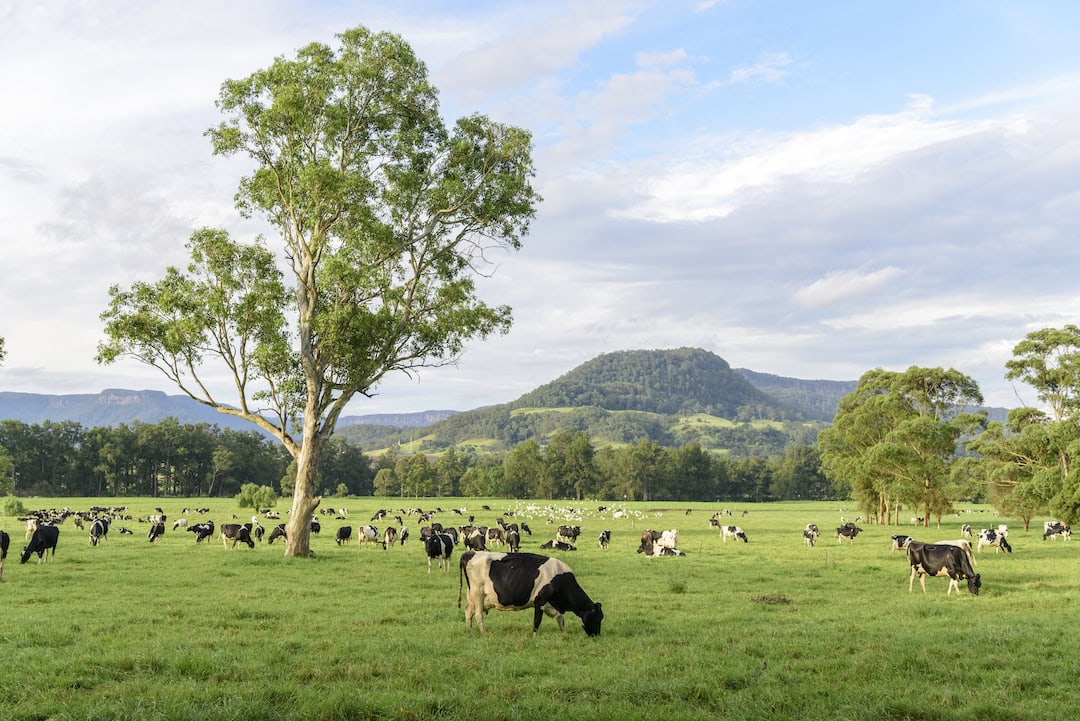
The prevalence of price premiums, or bonus payments, attributed directly to on farm environmental and social outcomes in Australia are few and far between. Advances in soil carbon monitoring and management are generating �environmental� income for farmers, but the NFF and NSW Farmers are calling for a wider range of incentives including sustainability linked finance, insurance discounts, tax benefits and support for the uptake of methane reduction products like seaweed additives.
�We are also going to put more effort into including what we have learned so far helping to develop the field of natural capital accounting, and also to influence things like future developments from the TNFD,� says Dr Ogilvy.
�I do think that we will see a world where farm accountants are adding natural capital to the financial accounts. Accountants will be vital in this process and we are already talking to the Australian Accountants Standards Board and CPA Australia.
�For smaller farms, it�s also important we investigate ways of providing a basic set of natural capital accounts alongside something like the local rates notice.�
Dr Ogilvy has had the benefit of working closely with world leading researchers of natural capital accounting from the CSIRO and La Trobe University. Her research over the past decade has focused on adapting and extending ecosystem accounting concepts and standards to enable farmers to include natural capital as part of their asset base.
�I think Australia is leading the way on this, but we don�t know it and we don�t talk about it,� she says. �The EU are taking a strong lead on sustainability reporting, but we are leading the agricultural pathway with research and programs like ours and others from the CSIRO, the NFF�s Australian Agricultural Sustainability Framework and commodity specific schemes, and I think Australian farmers will stack up pretty well on the natural capital front.�
Initiated by philanthropic foundation, the Macdoch Foundation, Farming for the Future is industry led and supported. Funding for the first phases came from a broad network of supporters, including philanthropists, government, banks, and industry bodies including Meat & Livestock Australia and Australian Wool Innovation.�
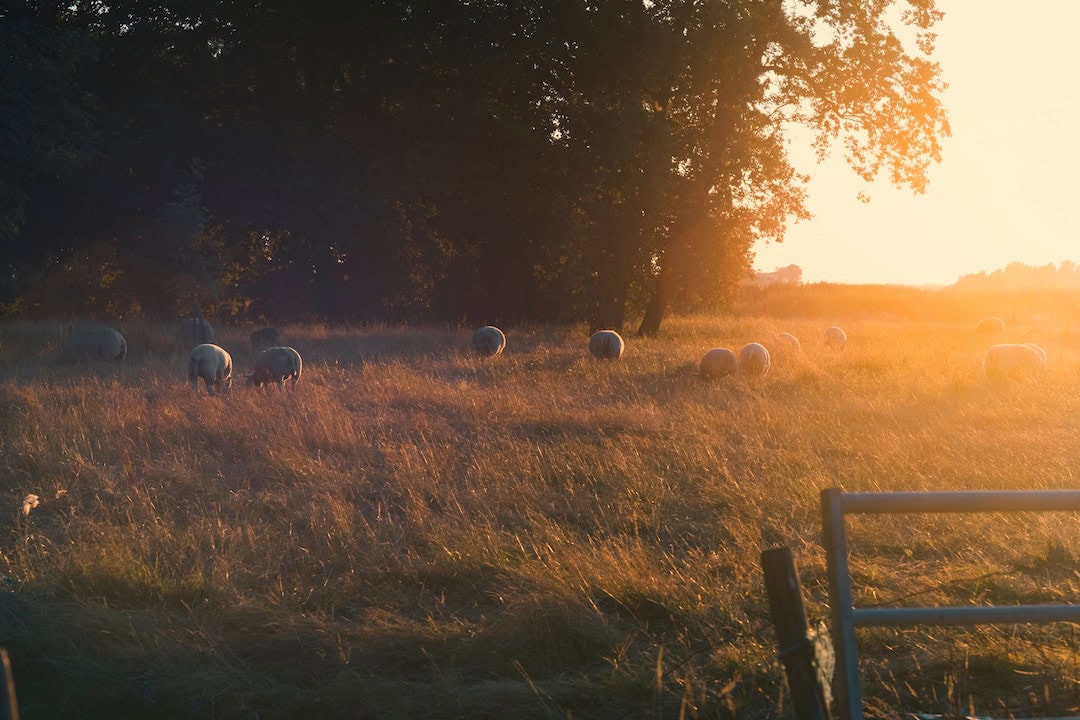
Dr Ogilvy is encouraging more farmers from NSW to get involved in the program, with expressions of interest for the next round of mapping and data collection coming out in early 2024.
�We do want to add more farms to the data set and expand into cropping, horticulture and viticulture,� she says. �By working hand-in-hand with farmers and their advisors during the research to understand what information would be useful, we can start to develop the tools and benchmarks to inform decisions about investment in a farm�s natural capital and the opportunity for improved financial performance.�
CSIRO lends a natural capital hand
Natural capital accounting is gaining momentum as a way to quantify and integrate the value of nature into decision-making processes for a variety of businesses and organisations.
Lead author of the CSIRO�s Natural Capital Handbook, Dr Greg Smith says the failure to account for nature in decision-making has led to environmental decline over time and is increasingly recognised as a material risk to business.
�While nature underpins our economic growth, the value of nature is excluded in dominant financial analysis tools and not always factored into decision-making by businesses,� Dr Smith says.
�This is now being recognised as a critical component in helping to reverse environment decline, and in future, is expected to become a mandatory requirement for businesses globally.�
The handbook harmonises resources, frameworks, and indicators to help Australian businesses across all sectors measure, track and manage their natural capital assets.
�How companies track and measure their impacts and dependencies on nature can be challenging,� Dr Smith says.
�Currently, there is a lack of practical guidance that brings together the many different standards, frameworks and example approaches that have been developed in natural capital accounting, impact, dependency, and risk/opportunity assessment.�
Are oyster farms carbon neutral?
The humble oyster leads the fresh food pack when it comes to meeting the �E� targets in the emerging world of ESG accounting.
Its plusses for the �E� ledger include providing aquatic habitat for other species and improving water quality through the removal of pollutants like nitrogen and phosphorus, and there are no methane emissions or high-energy usage to pile onto the minus side.
NSW Farmers is now looking to add another green tick to the plus ledger through a project examining the carbon balance sheet for oyster farmers and the industry as whole.� �
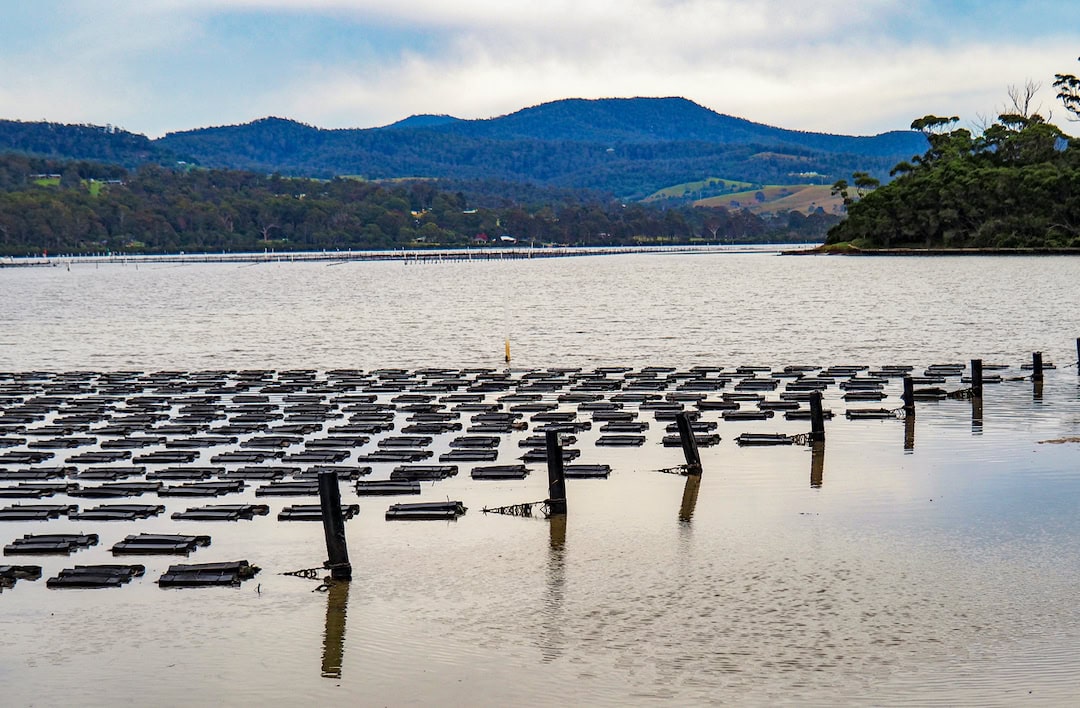
�Oyster farming is a great example of a nature positive industry,� says NSW Farmers� Oyster Project Officer Andy Myers, �and there is a belief that many oyster farms would be close to being carbon neutral already.�
Electricity and fuel usage are the principal components on the negative side of the carbon balance sheet for oyster farming businesses.
�It�s only really the energy required to run grading machinery in the oyster shed and fuel used for oyster punts at a farm level,� Andy explains.
�The offset solutions to those can be quite simple, like installing solar panels on the shed. There are also some developments in the electric outboard market, mostly overseas, but I am sure that this technology will be commonplace in Australia soon.�
On the plus side, oyster shells sequester carbon, with approximately 12 per cent of the calcium carbonate shell, being composed of carbon.
�Given that oysters respire, and shells can dissolve under some conditions, the 12 per cent figure is not set in stone, and it�s a bit unclear on what percentage can be used in carbon calculations. That�s one reason why it will not be included in the Australian Government Emissions Reduction Fund any time soon, but it may be acceptable to be used in carbon neutral accreditation calculations.
�Unlike land farmers, there won�t be opportunities for oyster farmers to receive offset payments, but we can get prepared for future market demands for sustainably produced food and to use the environmental credentials for marketing fresh oysters.�
The audits will be conducted on 30 large, medium and small oyster farms.
�For oyster farms, we will be taking the cradle to gate approach and assessing the carbon usage and sequestration throughout the oyster�s life,� says Andy. �If the numbers are good, the farmer can then pursue third-party certification at their own cost.�
�Working with NSW DPI, through this project we ultimately want to extrapolate this sample data for the whole of the NSW oyster industry. Growers can then make an informed decision on whether they�d like to push forward with an industry-wide approach to carbon neutrality.�
This NSW Farmers project is jointly funded by the Australian and NSW governments under the Disaster Recovery Funding Arrangements.
To read more about the importance of natural capital, click here.


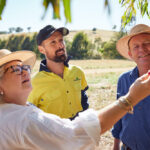
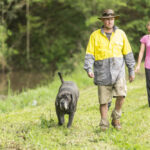
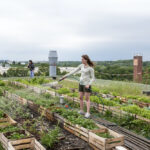



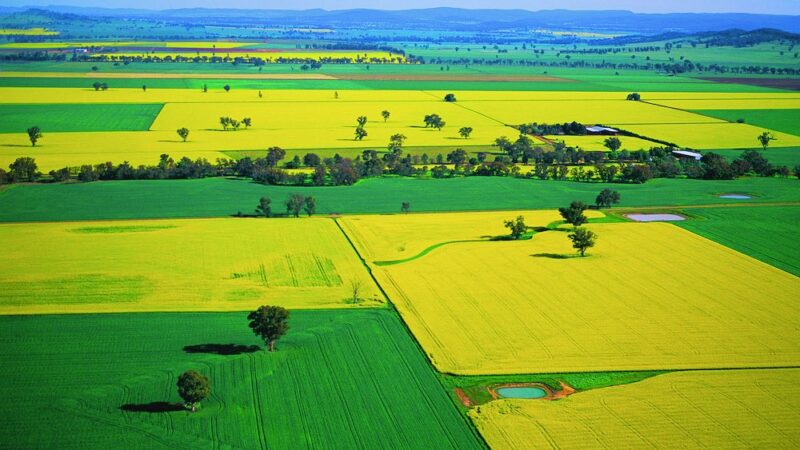
Dear Editor and Learned Contributors,
The above information on �Natural Capital� is certainly very educational and the contents are good guidelines and thoughts for practitioners to address various issues on the ground relating to ESG businesses.